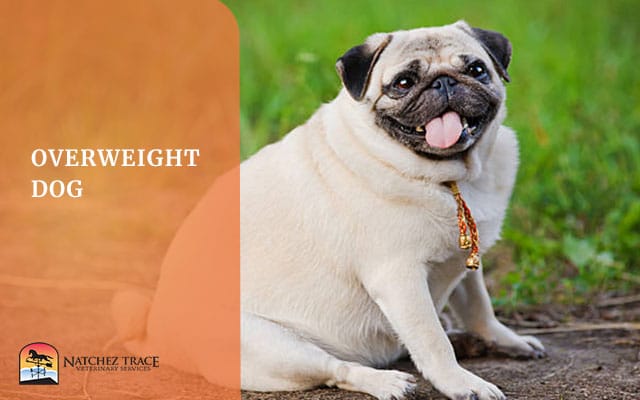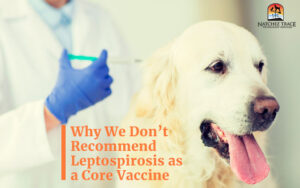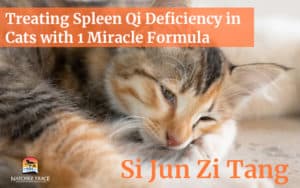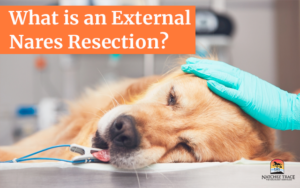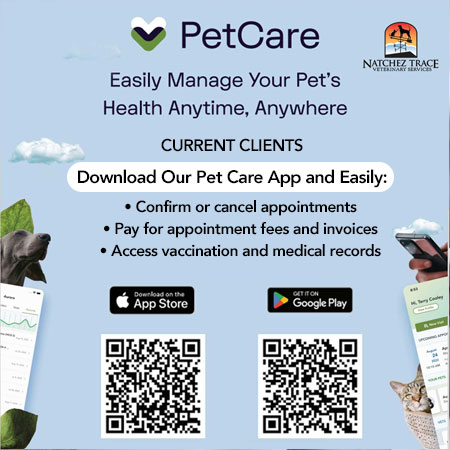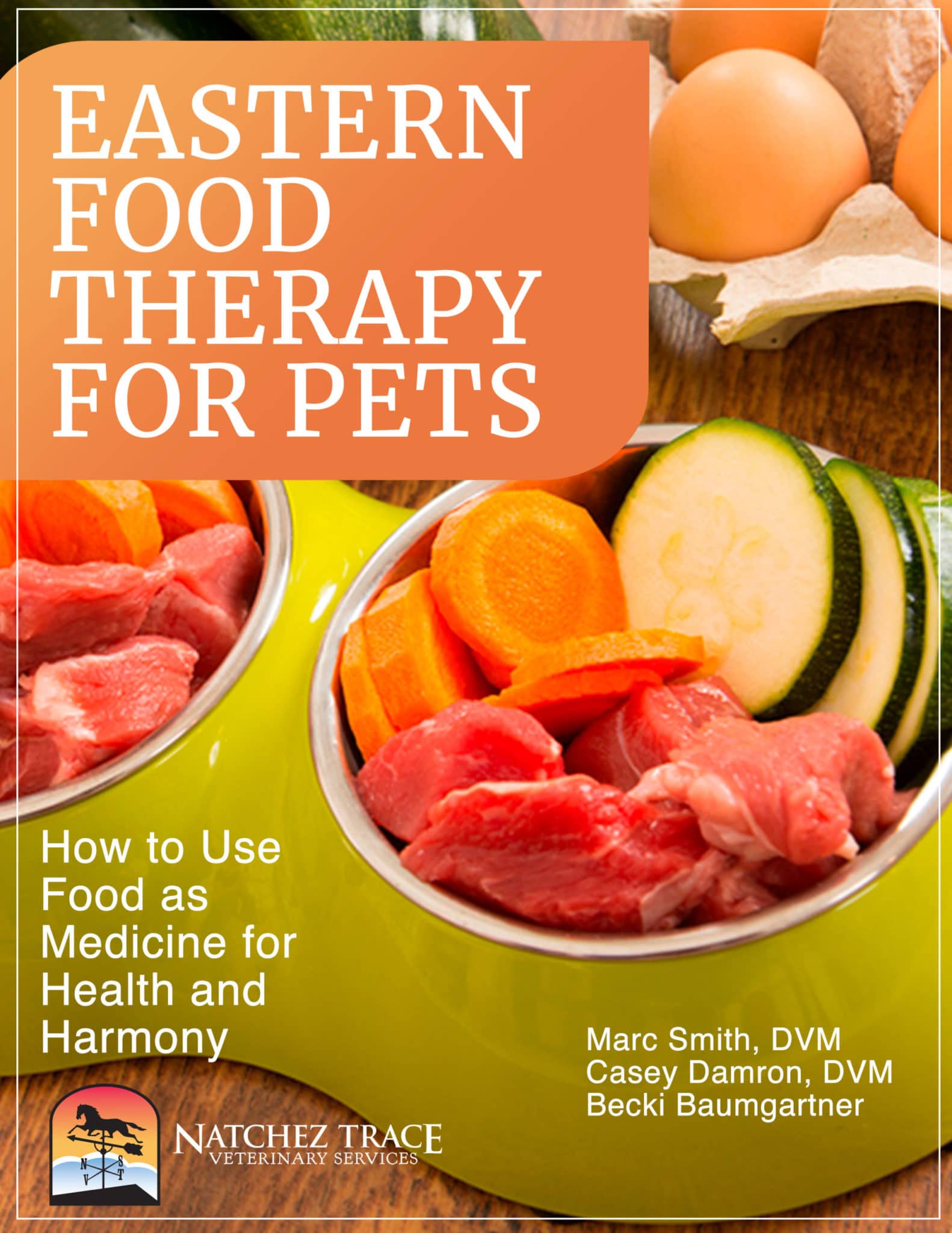Having an overweight dog and the subsequent health challenges are problems faced by many pet parents today.
Here’s an example from one of our clients:
I have an 8 yr old overweight dog. He is a min pin and weighs about 15 lbs. I’ve tried diet foods and prescription dog food. I feed him 1/2 cup twice a day ( 1 cup ) daily. Rarely does he get treats or people food. So I am wondering what can we do for him? He sleeps a lot!!! He goes for walks and they are sometimes short due to his weight. He has to be helped cause I’m afraid of losing him. He has been fixed. Could it be his thyroid?
Thank you,
-Lisa (for Dakota)
Thank you for your question, Lisa! I hope the article below provides the information you need.
Because every dog is individually and genetically different, it is impossible for me or anybody else to tell you exactly how much to feed your dog.
Calories and Your Overweight Dog
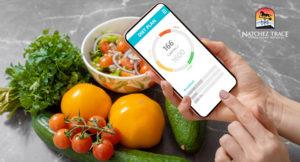 The first thing you must do is understand calories.
The first thing you must do is understand calories.
“Calories” is a measurement of the energy in the food.
For example, let’s say the food you are feeding (I assume you are providing dry kibble) is 300 calories per cup.
An estimated 300 calories per cup is a reasonable, average, mathematically easy estimate of a “lite” dry dog food.
The second thing you must know is an approximation of how many calories your dog requires to maintain his body weight.
This is an approximation; you will get various opinions on this topic.
I believe a small breed older neutered overweight dog should consume roughly 20 calories per pound per 24-hour period to maintain weight.
So, your 15-pound dog would need to consume roughly 300 calories daily to maintain the current weight or 1 cup daily.
Calories for Weight Reduction
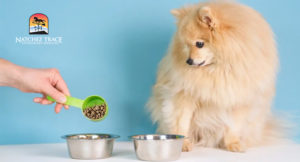 To help your dog lose weight, you must reduce the total number of calories ingested daily.
To help your dog lose weight, you must reduce the total number of calories ingested daily.
In your dog’s case, I recommend cutting the calories by 15% to 20%. In other words, you need to feed him slightly less than one cup daily.
If calories are reduced by more than 15% to 20%, the body will go into starvation mode, and you will get nowhere.
Other Issues with Overweight Dogs
 Older dogs can have a variety of issues that make losing weight difficult.
Older dogs can have a variety of issues that make losing weight difficult.
The most common issue is hypothyroidism.
Dogs will not lose weight if the thyroid is deficient.
This must be checked by a blood test and treated accordingly.
Also, arthritis or any orthopedic disease will hinder weight loss.
Dogs in pain do not like to exercise much. Lack of exercise leads to decreased muscle mass and less caloric expenditure, making weight loss even more of an uphill battle.
Orthopedic pain must be controlled to exacerbate weight loss.
The key is fewer calories, more exercise, and control of other medical problems.
Food for Your Overweight Dog
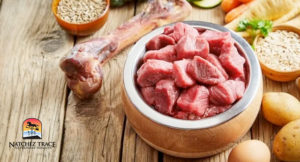 As far as food is concerned, you have a couple of options.
As far as food is concerned, you have a couple of options.
One option is a prescription diet with a calorie count of around 300 cal/cup.
Another option is a boutique grain-free, higher protein diet.
Protein contains fewer calories than soluble carbohydrates or grain-based pet foods per gram.
Most dogs will lose fat on a higher protein diet.
In addition, you can be very proactive and feed your dog an energetically appropriate diet.
Just go to the PET | TAO Recipe Page.
Here you will learn how to choose the most appropriate food for your dog.
You’ll also find slow-cooker recipes and additional information to help keep your dog healthy and happy.
My first recommendation for overweight pets in my clinic is one of the PET | TAO formulas or home cooking.
Clients find by feeding an energetically appropriate diet, their dog easily loses weight, and feels better. Most clients see a considerable improvement in coat shine and health.

